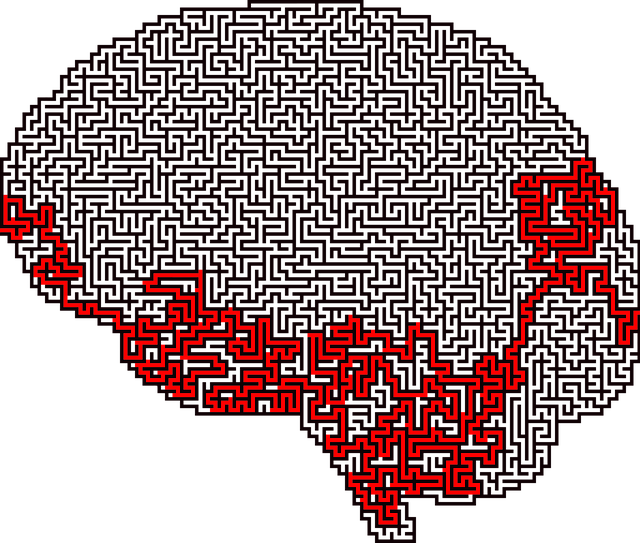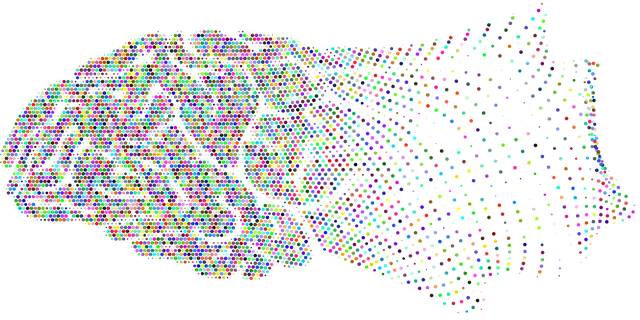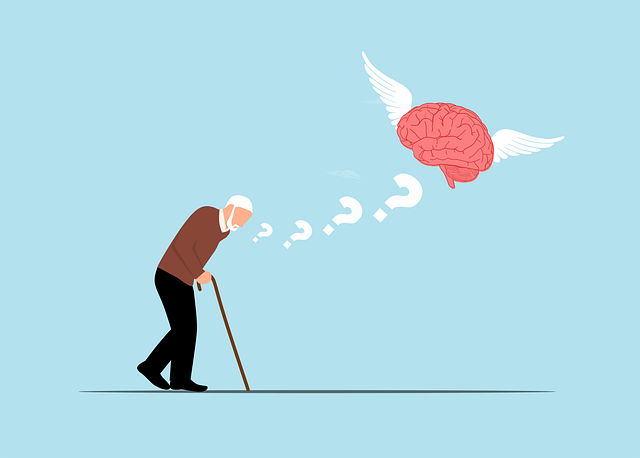Integrating Superior Biofeedback Therapy into therapeutic settings enhances client safety by empowering individuals to manage their mental health proactively. This approach, aligned with Mental Illness Stigma Reduction, combines real-time physiological data, stress management workshops, and mindfulness meditation to foster self-regulation and resilience. A comprehensive risk management plan, prioritizing potential hazards and incorporating depression prevention strategies, ensures continuous growth in mental well-being. Measuring success through KPIs, Mental Wellness Journaling, Compassion Cultivation Practices, and client feedback ensures Superior Biofeedback Therapy not only minimizes harms but also promotes positive transformations.
In today’s complex healthcare landscape, effective risk assessment and harm minimization planning are paramount. This comprehensive guide delves into essential strategies for navigating these critical aspects, beginning with a foundational understanding of risk assessment. We explore the integration of superior biofeedback therapy into harm-minimization strategies, offering practical steps for developing robust risk management plans. Additionally, we detail methods for measuring success and evaluating the effectiveness of implemented harm-minimization tactics.
- Understanding Risk Assessment: A Foundation for Safe Practice
- Integrating Biofeedback Therapy into Harm Minimization Strategies
- Practical Steps for Developing a Comprehensive Risk Management Plan
- Measuring Success: Evaluating the Effectiveness of Harm Minimization
Understanding Risk Assessment: A Foundation for Safe Practice

Understanding Risk assessment forms the cornerstone for implementing effective harm minimization strategies, particularly in therapeutic settings. It involves a meticulous evaluation of potential dangers and their likelihood to occur, empowering professionals to make informed decisions that prioritize client safety. By integrating Superior Biofeedback Therapy, which leverages Mind Over Matter principles to promote mental wellness coaching programs development, practitioners can anticipate and mitigate risks associated with various interventions. This proactive approach aligns with broader Mental Illness Stigma Reduction Efforts, fostering an environment of trust and support for individuals seeking therapeutic assistance.
Integrating Biofeedback Therapy into Harm Minimization Strategies

Integrating Biofeedback Therapy into harm minimization strategies offers a powerful approach to managing risks associated with mental health challenges. Superior Biofeedback Therapy, a technique that provides individuals with real-time data about their physiological states, empowers them to gain control over their responses to stress and triggers. By participating in Stress Management Workshops Organization sessions, individuals learn to recognize the connection between their thoughts, emotions, and bodily reactions, fostering inner strength development. This awareness is crucial for early intervention and self-regulation.
Furthermore, biofeedback therapy complements existing Mental Health Policy Analysis and Advocacy efforts by offering practical tools for harm minimization. It encourages individuals to take an active role in managing their mental well-being, reducing reliance on external interventions alone. Through consistent practice, biofeedback enhances one’s ability to navigate stress and emotional challenges, ultimately contributing to improved resilience and overall mental health.
Practical Steps for Developing a Comprehensive Risk Management Plan

Developing a comprehensive risk management plan is akin to crafting a safety net for your well-being and mental health journey. Start by identifying potential risks that may arise from various aspects, such as therapy modalities (like Superior Biofeedback Therapy), self-care routines, or environmental factors. This involves actively listening to your body, emotions, and mind—a practice enhanced through mindfulness meditation. Recognize triggers, past experiences, and vulnerabilities to ensure a holistic understanding of your risks.
Next, prioritize these risks based on their likelihood and potential impact. Incorporate depression prevention strategies as a core element in your plan. This could include setting achievable goals, maintaining a consistent self-care routine, and seeking professional support when needed. Regularly review and update your risk management strategy, allowing for adaptability and growth, especially as new challenges or opportunities arise in your pursuit of mental well-being.
Measuring Success: Evaluating the Effectiveness of Harm Minimization

Measuring success is a vital component of any harm minimization strategy, especially when employing innovative therapeutic approaches like Superior Biofeedback Therapy. The effectiveness of such interventions can be evaluated by tracking key performance indicators (KPIs) related to mental wellness and emotional well-being. Regularly maintaining a Mental Wellness Journaling Exercise Guidance can serve as a powerful tool to quantify progress; documenting improvements in stress levels, anxiety management, and overall mood stabilizes over time.
Moreover, incorporating Compassion Cultivation Practices into harm minimization planning allows for qualitative assessments. Emotional Well-being Promotion Techniques, when combined with client feedback and self-report measures, provide valuable insights into the impact of therapy. By analyzing these data points, practitioners can ensure that their strategies are not only minimizing potential harms but also fostering positive transformations in individuals’ lives.
Risk assessment and harm minimization planning are essential components of any comprehensive healthcare strategy. By understanding risk assessment, integrating biofeedback therapy, and taking practical steps in developing a risk management plan, professionals can significantly enhance patient safety. Measuring the success of these efforts is crucial, allowing for continuous improvement in care delivery. Superior Biofeedback Therapy stands out as a game-changer in harm minimization strategies, enabling healthcare providers to proactively navigate complexities and foster positive outcomes.














